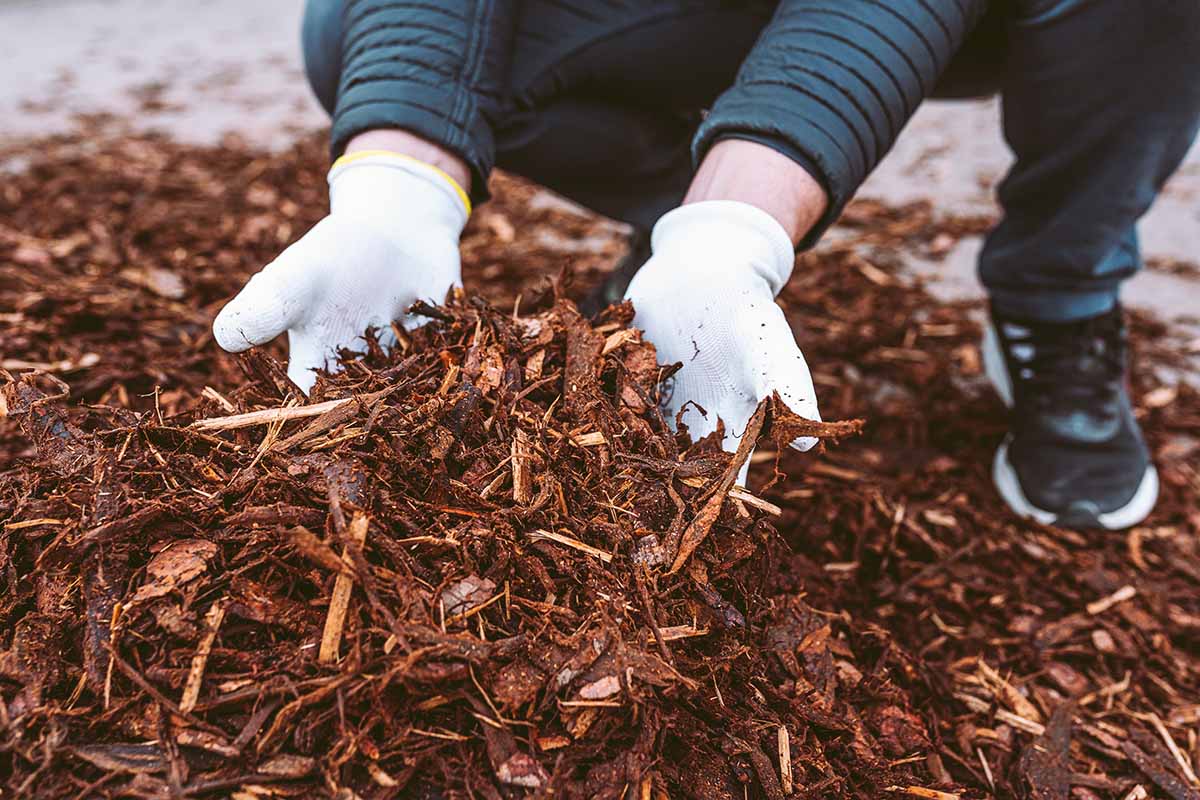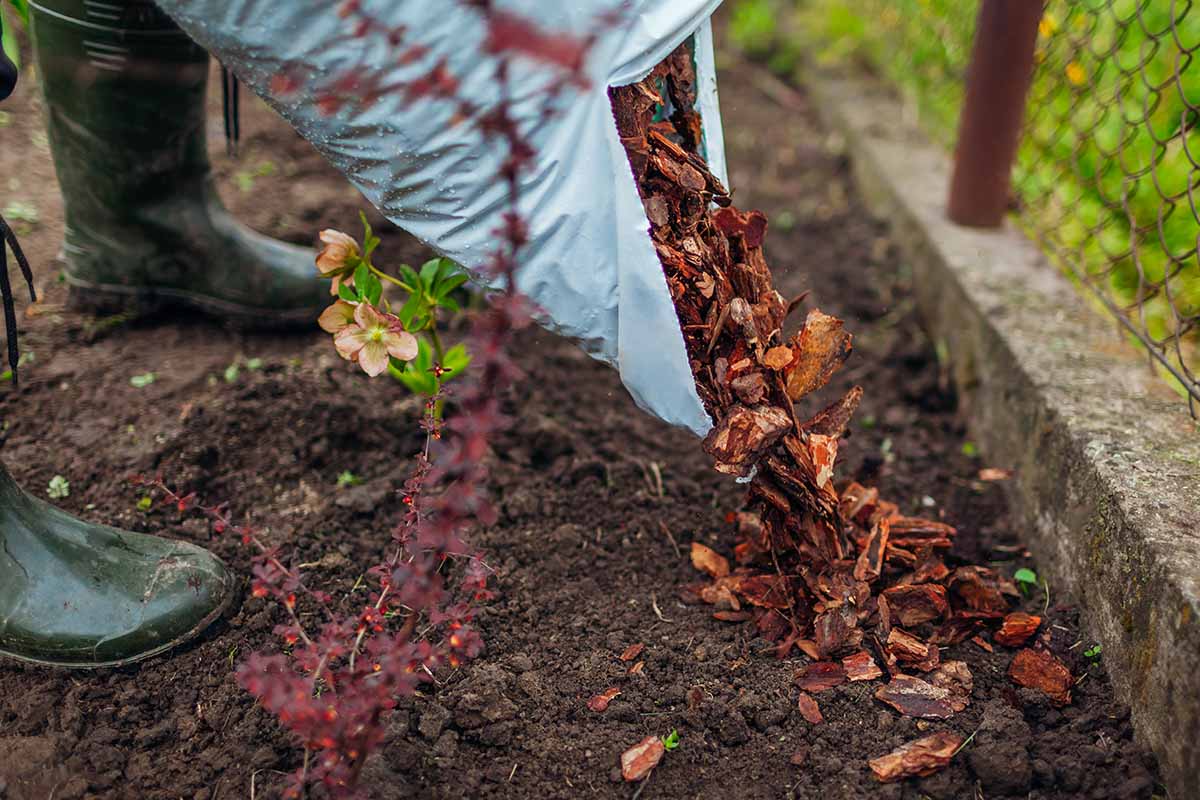How to Use Different Types of Mulch
Key Points
- Organic mulches improve soil: Types like bark, straw, and leaves enrich soil quality, retain moisture, and are great for gardens and flower beds.
- Inorganic mulches are long-lasting: Gravel, rubber, and plastic mulches are durable but don’t enhance soil health, making them best for pathways.
- Proper application is key: Use a 2-3 inch layer, clear weeds first, and keep mulch away from plant stems to avoid rot and maximize garden benefits.
Mulch is a vital component in any garden, serving multiple purposes such as conserving soil moisture, suppressing weeds, and improving soil quality.
Several types of mulch are available, each with its specific benefits and best uses. Understanding the different types of mulch and how to use them can help gardeners create healthier, more attractive, and more productive gardens.
Here’s a guide to some of the most common types of mulch and their applications.
Organic Mulches
- Bark Mulch
Bark mulch, made from the bark of various trees such as pine, cedar, or cypress, decomposes slowly and provides a long-lasting cover. It is ideal for use around trees, shrubs, and perennial beds where you don’t disturb the soil often. Bark mulch also adds a polished look to the garden beds.
- Straw Mulch
Straw is excellent for vegetable gardens and around berry plants. It keeps the soil cool and moist and breaks down relatively quickly, adding organic matter to the soil. Ensure the straw is seed-free to avoid introducing weeds into your garden.
- Leaf Mulch (Leaf Mold)
Shredded leaves, or leaf mold, are perfect for enriching the soil. Leaf mulch is best used in vegetable gardens, flower beds, and around trees and shrubs. It decomposes faster than bark but slower than straw, providing nutrients to the soil and improving its structure.
- Grass Clippings
Grass clippings are readily available and decompose quickly, making them a good choice for vegetable gardens. Apply them in thin layers, as thicker layers can compact and block water from reaching the soil. Refrain from using grass clippings from lawns that have been treated with herbicides.
Inorganic Mulches
- Stone or Gravel Mulch
Stone or gravel is very durable and doesn’t decompose, making it suitable for pathways, driveways, and areas around foundation plants.
It is excellent for cactus and succulent gardens as it reflects heat upwards to the plants. However, it can make the soil too warm for some plants and does not improve soil structure.
- Rubber Mulch
Made from recycled tires, rubber mulch is long-lasting and provides an excellent weed barrier. It is commonly used in playgrounds and around perennial beds.
Be cautious, as it does not improve soil fertility and can leach chemicals into the soil over time.
- Plastic Mulch
Plastic mulch is used extensively in vegetable gardens, particularly for heat-loving vegetables like tomatoes and peppers. It warms the soil, conserves moisture, and suppresses weeds.
Plastic mulch must be removed at the end of the growing season, as it is not sustainable or environmentally friendly.
How to Use Mulch
When applying mulch, follow these general guidelines:
- Clear the area of weeds before laying mulch.
- Apply a 2-3 inch layer of mulch, keeping it a few inches away from plant stems and tree trunks to prevent rot. Look for wholesale mulch in Atlanta, GA to get the quantities that you need.
- Replenish organic mulches as they decompose to maintain their benefits.
- Consider the needs of your plants and soil when choosing a mulch type. Some plants may prefer acidic conditions, while others thrive in a neutral pH.
Selecting and applying the appropriate mulch properly allows gardeners to conserve water, minimize maintenance, enhance soil health, and effectively beautify their gardens.




















